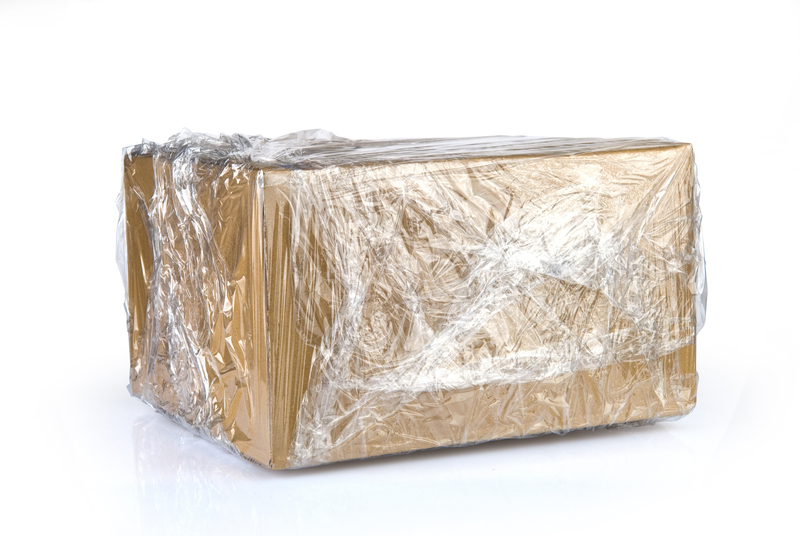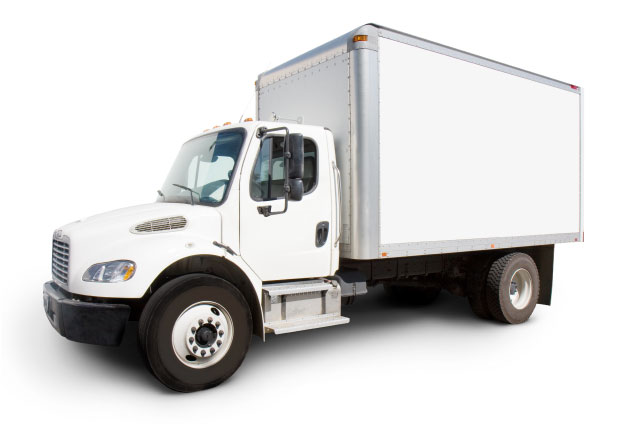Reliable Tips from Experts on Storing Your Sofa for the Long Term
Posted on 26/06/2025
Reliable Tips from Experts on Storing Your Sofa for the Long Term
Your sofa is more than just a piece of furniture -- it's a central element in your living space, offering comfort, style, and functionality. Whether you're moving, remodeling, or simply need to make extra space, storing your sofa for an extended period requires careful planning and preparation. Without the correct approach, your cherished piece might suffer from moisture, pests, or permanent misshaping. In this comprehensive article, you'll discover expert advice on the best ways to store your sofa long-term, ensuring it remains in pristine condition.
Why Proper Sofa Storage Matters
Improper storage can lead to a host of problems, such as fabric discoloration, mold growth, pest infestations, or unpleasant odors. Over time, these issues can render your sofa unusable.
- Preservation of Value: Sofas are significant investments; proper storage helps retain their worth.
- Maintaining Comfort and Structure: Incorrect positioning can warp cushions and frames.
- Prevention of Damage: Long-term storage in unsuitable environments can cause irreversible harm.

Essential Preparations Before Storing Your Sofa
1. Deep Clean the Sofa
Cleaning your sofa thoroughly is the first crucial step. Dust, crumbs, and oils can attract pests or cause stains over time.
- Vacuum All Surfaces: Use attachments to get into crevices and seams.
- Wipe Down Hard Parts: For leather or wooden elements, use appropriate cleaners.
- Launder Removable Covers: Wash and dry fabric covers, ensuring they're completely dry before storage.
- Professional Cleaning: If your sofa has deep or stubborn stains, consider hiring a professional upholstery cleaner.
2. Disassemble if Possible
If your couch design allows, gently disassemble large sections. This makes storage safer and more efficient.
- Remove Cushions and Legs: Store them separately in labeled bags or boxes.
- Take Photos: Snap pictures of assembly for future reference.
- Bag Hardware: Place screws and small parts in sealed bags attached to frame sections.
3. Air Dry Thoroughly
Before moving your sofa into storage, make sure it's completely dry. Any lingering moisture could foster mold and mildew.
Best Storage Practices for Sofas
Choose the Right Storage Environment
The choice of storage facility is vital in keeping your sofa protected from damage.
- Opt for Climate-Controlled Storage: Fluctuations in temperature or humidity can harm upholstery and frame materials.
- Keep Away from Dampness: Avoid basements or garages prone to leaks or flooding.
- Select Clean, Pest-Free Locations: Inspect storage units before committing.
Expert Tip: Climate-controlled units maintain a consistent temperature and humidity, ideal for preserving delicate fabrics and wood.
Wrap and Protect Your Sofa Properly
Comprehensive protection is key to keeping dust, moisture, and pests at bay.
- Use Furniture Blankets: Thick blankets or pads guard against scratches and dust.
- Wrap in Breathable Plastic: Avoid plastic wrapping that traps moisture -- opt for breathable covers instead.
- Elevate Off the Ground: Place pallets or plastic sheeting beneath to safeguard from damp floors.
Expert Insight: Avoid shrink wrap directly on leather or fabric, as it can cause condensation, leading to mold.
Position Your Sofa Correctly
The way you position your sofa in storage affects its long-term condition. Never stand your couch on its armrests or back; keep it upright on its legs to maintain structure.
- Store Upright: This prevents warping or structural damage.
- Allow Space: Leave a gap between the sofa and walls or other items to promote airflow.
- Stack Cushions Separately: To prevent flattening or indentation, do not pile heavy items on the sofa.
Extra Layers of Defense: Pest and Odor Prevention
Long-term storage invites unwanted guests like rodents or insects. Proactive pest and odor control are crucial for furniture storage.
- Scatter Sachets: Use cedar blocks or lavender sachets inside and around the sofa to deter pests and add fresh scent.
- Avoid Food Storage Nearby: Do not store food or plants in the same unit.
- Check Regularly: If possible, inspect the storage site every few months for early signs of infestation or moisture.
Additional Sofas Storage Tips from Industry Experts
Label Everything
Disassembled pieces and cushions should be clearly labeled for easy reconstruction. Use masking tape or tags on each part.
Don't Overcrowd the Space
Cramming the storage unit can restrict airflow and lead to pressure points on your sofa, damaging the upholstery and shape. Arrange storage so that the sofa isn't squeezed between items.
Insurance and Documentation
Consider insurance for valuable pieces. Take photos before, during, and after storage for documentation in case of damage or disputes.
Periodically Air Out the Sofa
If storage is accessible, remove protective covers and allow your sofa to breathe every 3-6 months. This reduces the chance of stale odors and mold.
Common Mistakes to Avoid When Storing Your Sofa Long-Term
- Skipping Cleaning before Storage: Trapped dirt and debris can make blemishes permanent.
- Using Non-Breathable Covers: Plastic tarps trap moisture, risking mold growth.
- Ignoring Climate Control: Humidity causes fabrics to break down and wood to warp.
- Stacking Heavy Objects on Your Sofa: Compresses cushions and damages frames.
- Storing in Bad Locations: Basements and attics are prone to temperature extremes or flooding.
How to Choose the Best Storage Facility for Your Sofa
Evaluate Security
- Monitored Access: Good facilities offer gated entry and 24/7 video surveillance.
- On-Site Staff: Human presence can deter theft and respond to issues promptly.
- Reputation: Check online reviews and ask around about local storage providers.
Climate Control and Cleanliness
- Humidity Checks: Units should not feel damp or musty.
- Regular Maintenance: Frequent pest control and clean, litter-free premises signal a conscientious operator.
Accessibility
- Access Hours: Choose a storage facility with convenient access times.
- Transport Ease: Loading docks and elevators simplify moving large furniture pieces.
The Long-Term Sofa Storage Checklist
- Clean thoroughly (vacuum, wash, dry, professional cleaning if needed)
- Disassemble where possible (legs, cushions, hardware bagged)
- Ensure total dryness (air out in a ventilated place, check hidden crevices for moisture)
- Choose a climate-controlled, secure storage facility
- Wrap using breathable covers or furniture blankets
- Store sofa upright and never stack heavy items on or under it
- Leave space for airflow between the sofa and other items/walls
- Add pest deterrents and refresh with odor-absorbing sachets
- Label all parts and take photos for documentation
- Visit and air out the furniture every few months, if possible
- Review your insurance coverage for stored furniture

When to Call in the Experts
If you're dealing with expensive antiques, delicate materials, or oversized sectional sofas, consider hiring professional movers and storage specialists. They have the expertise and equipment to safely wrap, transport, and store furniture of all types.
- Specialized Packing Materials: Movers use tailored wraps for delicate surfaces.
- Expert Disassembly and Reassembly: Prevents damage to unique or intricate pieces.
- Transport Safety: Proper handling to avoid scratches and impacts.
Conclusion: Keep Your Sofa Safe for the Long Haul
With the right preparation and ongoing care, storing your sofa for the long term can be hassle-free. Investing a bit of time into cleaning, wrapping, and choosing the right storage location pays off when you retrieve your sofa in as good as new condition. Follow these expert-recommended tips for sofa storage and enjoy peace of mind knowing your comfort and style will endure -- no matter how long it's tucked away.
Looking for More Expert Tips?
For more advice on furniture storage solutions, organizing living spaces, and protecting your investments, browse our latest articles or contact storage professionals in your area.





